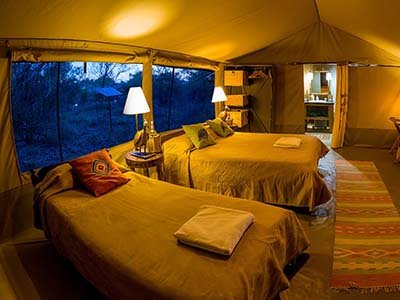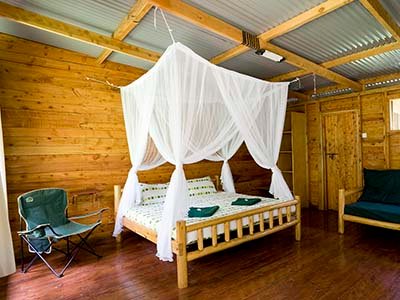Lake Manyara National Park
Lake Manyara National Park is located on Tanzania’s Northern tourist circuit. It has been a protected area since 1960, making it the country’s second-oldest Park in Tanzania. The lake that gives Lake Manayra its name covers over 70% of the park’s total park.
Manyara was the most beautiful lake that Ernest Hemingway had seen in Africa. Yes, he may have been correct in that assumption. It is a genuine African jewel, spread out at the foot of the enormous Rift Valley escarpment, with shorelines coloured pink by millions of flamingos and excellent game-watching in a relatively limited area.
The Rift Valley Escarpment, Lake Manyara, the town of Mto wa Mbu, and several farms form a border around 30% of Lake Manyara National Park, making it a unique gem. As a passageway for the annual northward and southward movement of enormous animal herds, it is an integral aspect of the vast Maasai ecosystem. The water of Lake Manyara is quite acidic, and there are no rivers draining into it. In the driest season, the depth drops virtually to nothing, and even in the wettest month, April, it never exceeds 2.5 meters. Standing atop the Rift Wall, the Marang forest in its natural state seems enormous. On their way to get sustenance, big-tusked elephants may pass by here.
The park serves as a passageway for massive animal herds on their annual northward and southward migrations.
Another forest can be found in Manyara, and it is an evergreen jungle full of monkeys that appreciate the very tall trees. The sycamore fig stands out from the others with its bright yellow and brown bark and massive size. Large baobabs are another spectacular feature of Lake Manyara National Park, and they can be seen all across the Rift Wall.
As a result of groundwater pouring down from the dormant Ngorongoro volcano, this woodland is exceptionally lush. In the park’s southern hot springs, where sulphurous water pops forth while boiling hot to the touch, visitors may get an up-close look at this subterranean life artery.
Lake Manyara National Park may just be a narrow strip of land, but don’t let that fool you; there are plenty of species to see. There are approximately 500 different kinds of birds, and even a novice birdwatcher may see a lot of them in a single day. The surface of the lake is covered with flamingos and a variety of other water birds, which are most easily seen near the conclusion of the dry season.
The silvery-cheeked hornbill is the most amazing creature you’ll see in the jungle, and Lake Manyara is the best site to see a palm-nut vulture. And that’s not even the beginning! The grassy floodplains are frequented by both permanent and transient large animals.
Keeping a sharp lookout here will pay off, even if seeing a lion, caracal, serval, leopard, spotted hyena, or cheetah is easier in another park. Keep your eyes on the trees; Manyara is home to some very magnificent tree-resting lions, and you won’t want to miss them in their natural habitat, the narrow ribbon of acacia forest.
A pair of elusive Klipspringers may sometimes be seen above steaming hot springs on the outskirts of the groundwater forest, so if you’re hoping to see one, you might want to get there. Warthogs, zebras, wildebeest, buffalo, baboons, elephants, several antelope species, and the endangered Maasai giraffe are all attainable goals. The skin of older male giraffes tends to darken, which is an intriguing observation. Male giraffes in Manyara tend to have a very dark colour.






